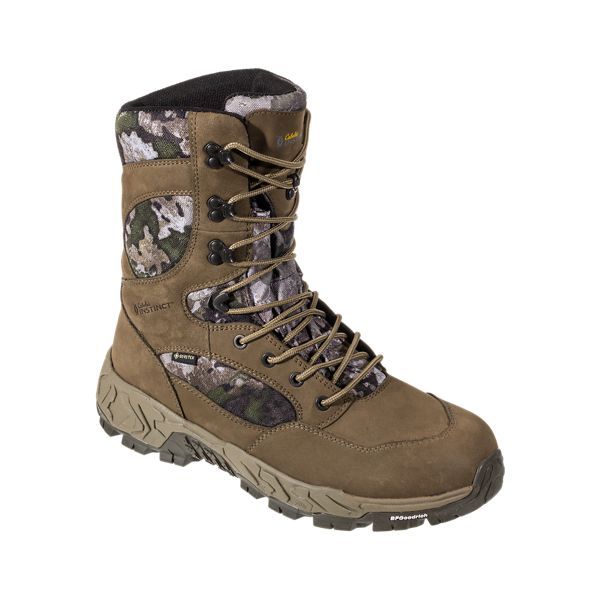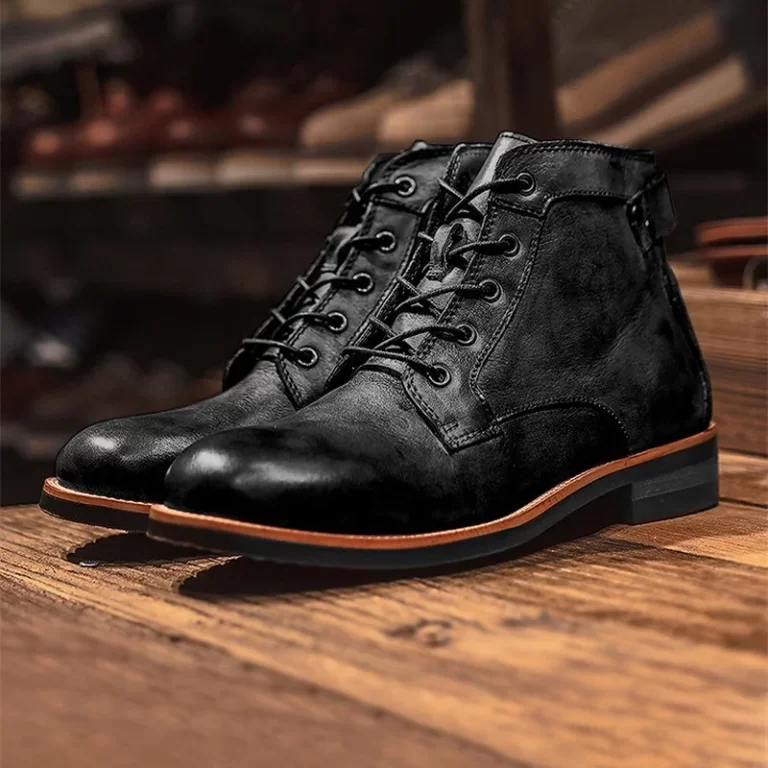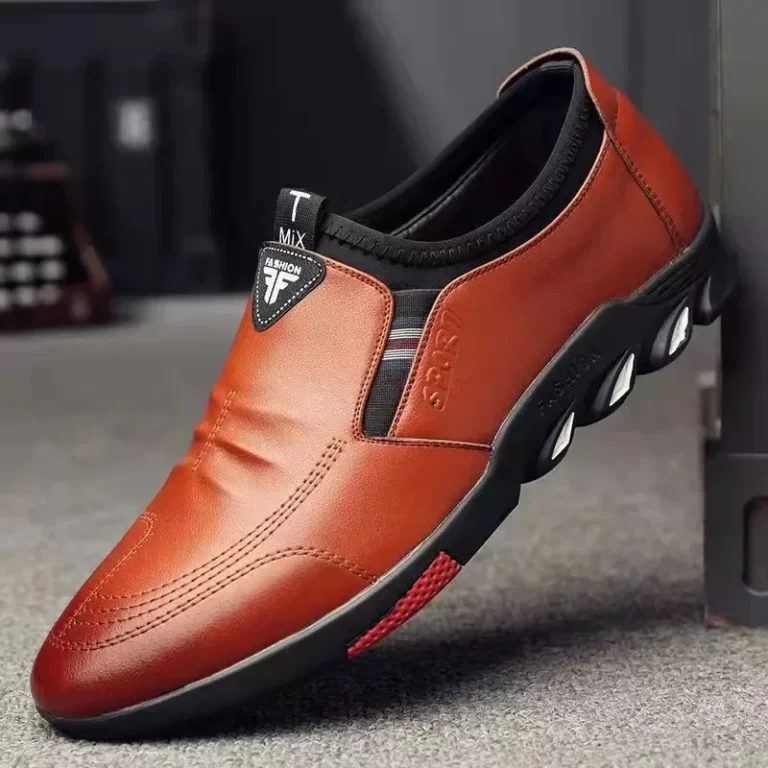Introduction to Insulated Hunting Boots
Insulated hunting boots are essential gear for any serious hunter. They offer protection and comfort in a variety of challenging conditions, ensuring that you remain focused on your hunt rather than your feet. The right pair of insulated hunting boots can make a significant difference in your overall hunting experience, providing warmth, durability, and support in rugged environments. This guide will explore the key features of insulated hunting boots for men, the benefits they offer, and tips for selecting the best pair for your needs.

Understanding Insulation in Hunting Boots
What is Insulation and Why is it Important?
Insulation in hunting boots plays a crucial role in maintaining warmth in cold conditions. The primary purpose of insulation is to trap body heat and prevent it from escaping, keeping your feet warm and comfortable even in freezing temperatures. This is particularly important when hunting in snowy or icy environments where exposure to cold can lead to discomfort or even frostbite.
Insulation materials vary, but most insulated hunting boots use synthetic or natural materials. Common types include Thinsulate, Gore-Tex, and various types of foam. Thinsulate is a popular choice because it provides excellent warmth without adding significant bulk to the boot. Gore-Tex is known for its waterproofing properties, which, combined with insulation, keeps your feet dry and warm.
Types of Insulation Materials
Several types of insulation materials are used in hunting boots, each with its own advantages:
- Thinsulate: This is a popular synthetic insulation material that offers high warmth-to-weight ratio. It is effective at trapping heat while remaining lightweight, making it a good choice for active hunters who need to stay mobile.
- Primaloft: Another synthetic insulation option, Primaloft is known for its water-resistant properties and excellent warmth. It maintains its insulating properties even when wet, which is ideal for wet and cold conditions.
- Foam Insulation: Foam insulation, such as EVA (Ethylene Vinyl Acetate) foam, provides good thermal insulation and cushioning. It is often used in combination with other materials to enhance warmth and comfort.
- Wool and Fleece: Natural materials like wool and fleece are also used in some hunting boots. They offer good insulation and moisture-wicking properties, although they might not be as effective as synthetic materials in extremely cold or wet conditions.
Understanding these materials helps in choosing the right insulation based on the hunting environment and personal preferences.
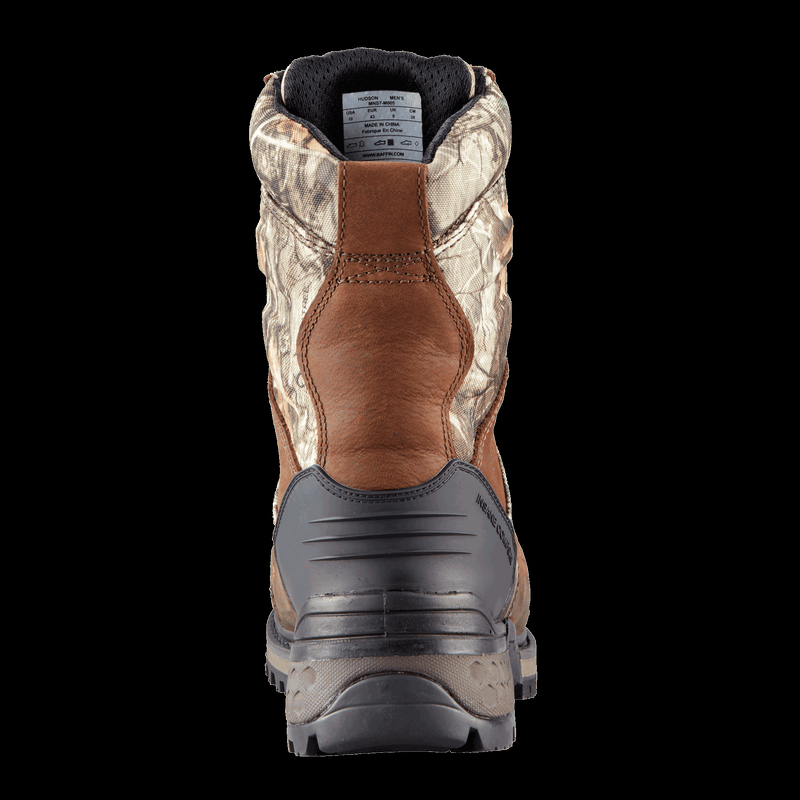
Key Features of Insulated Hunting Boots
Waterproofing
One of the most crucial features of insulated hunting boots is waterproofing. In hunting, you are often exposed to wet and muddy conditions, whether from rain, snow, or swampy terrain. Waterproof boots keep your feet dry and comfortable by preventing water from seeping through the material.
Most insulated hunting boots use waterproof membranes like Gore-Tex or proprietary technologies to provide a barrier against moisture. Gore-Tex is renowned for its breathability and waterproofing capabilities, making it a popular choice in high-quality hunting boots. These membranes are typically laminated to the boot’s lining and offer reliable protection in wet conditions.
In addition to the membrane, boots should also have sealed seams and waterproof gussets around the boot’s lacing area to prevent water from entering through stitching or gaps.
Durability and Material Quality
Durability is another critical feature of hunting boots. Hunters often traverse rough terrain, including rocky paths, dense underbrush, and uneven surfaces. High-quality materials and construction are essential to withstand the rigors of such environments.
Leather is a common material used in hunting boots due to its strength and longevity. Full-grain leather is particularly durable and provides excellent protection against abrasion. Synthetic materials, such as nylon and polyester, are also used for their lightweight and quick-drying properties. Many hunting boots combine leather with synthetic materials to balance durability with flexibility and comfort.
In addition to the material, the construction of the boot is important. Look for boots with reinforced toe caps and heel counters to protect against impacts and sharp objects. The outsole should be rugged and provide good traction to prevent slips and falls on slippery or uneven surfaces.
Comfort and Fit
Comfort is a major factor when selecting insulated hunting boots. Long hours on your feet require boots that provide adequate support and cushioning. A well-designed boot should have a comfortable footbed and proper arch support to reduce fatigue and prevent foot pain.
Boots with a padded collar and tongue enhance comfort by cushioning the ankle and reducing pressure points. Adjustable lacing systems allow for a customized fit, ensuring that the boot stays securely on your foot without causing discomfort.
In addition to comfort, the fit of the boot is crucial. Boots that are too tight can cause blisters and restrict circulation, while boots that are too loose may lead to instability and lack of support. It’s essential to try on boots with the socks you plan to wear during hunting to ensure a proper fit.
Choosing the Right Insulated Hunting Boots
Consider the Climate and Terrain
When selecting insulated hunting boots, consider the climate and terrain where you will be hunting. Different environments require different levels of insulation and features.
For extremely cold climates, look for boots with higher insulation ratings and thicker materials. Insulation ratings are often measured in grams, with higher numbers indicating more warmth. For instance, boots with 400-800 grams of insulation are suitable for very cold conditions, while those with 200-400 grams are better for milder weather.
In terms of terrain, choose boots with appropriate outsoles for the conditions. Deep treads and aggressive patterns are beneficial for muddy or snowy terrain, providing better traction and stability. For rocky or uneven terrain, boots with reinforced soles and ankle support offer added protection and comfort.
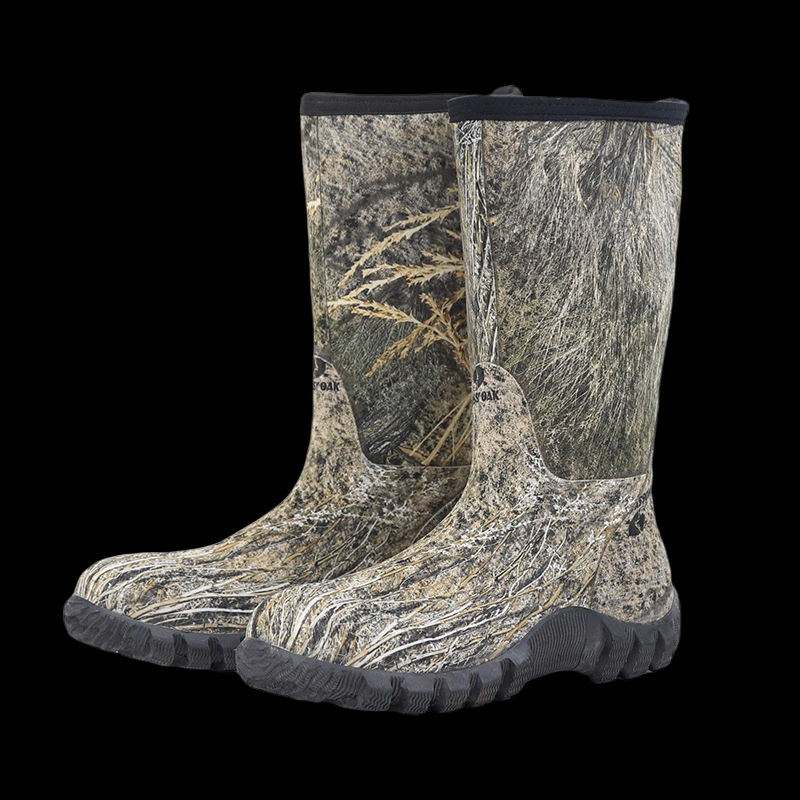
Assessing the Boot’s Weight and Flexibility
The weight and flexibility of the boot also impact your hunting experience. While heavier boots may offer more insulation and protection, they can also be more tiring to wear over long periods. Lightweight boots provide greater mobility and comfort but may offer less insulation.
Flexibility is another important consideration. Boots with a more flexible design allow for greater ease of movement and are suitable for activities that require a lot of walking or climbing. Stiffer boots provide more support and protection, making them ideal for rugged terrain but may restrict movement.
Evaluating the Brand and Reviews
Brand reputation and customer reviews can provide valuable insights into the performance and reliability of hunting boots. Established brands often have a track record of producing high-quality, durable products. Look for brands known for their expertise in hunting gear and positive reviews from other hunters.
Reading reviews can help you gauge the boot’s performance in real-world conditions, including its comfort, warmth, and durability. Pay attention to feedback regarding the fit, insulation, and waterproofing, as these factors are crucial for a successful hunting experience.
Maintaining and Caring for Insulated Hunting Boots
Regular Cleaning and Drying
Proper maintenance is essential to extend the life of your insulated hunting boots. Regular cleaning and drying prevent the buildup of dirt, mud, and moisture, which can degrade the materials and affect performance.
After each hunting trip, clean the boots by removing dirt and debris with a brush or cloth. For more thorough cleaning, use a mild soap and water solution. Avoid soaking the boots, as excessive moisture can damage the insulation and materials.
After cleaning, allow the boots to air dry away from direct heat sources, such as radiators or fireplaces, which can cause the materials to warp or crack. Ensure that the boots are completely dry before storing them to prevent mold and odor.
Conditioning and Waterproofing
Conditioning leather boots helps maintain their flexibility and prevent cracking. Apply a leather conditioner periodically to keep the leather supple and hydrated. Follow the manufacturer’s recommendations for conditioning products and application techniques.
For waterproofing, consider using a specialized waterproofing spray or treatment designed for hunting boots. This helps maintain the boot’s waterproof properties and ensures continued protection against moisture. Reapply the waterproofing treatment as needed, especially after cleaning or exposure to wet conditions.
Storing Your Boots
Proper storage is key to preserving the condition of your hunting boots. Store them in a cool, dry place away from direct sunlight and heat sources. Avoid placing heavy objects on top of the boots, as this can deform their shape.
Using boot trees or stuffing the boots with newspaper can help maintain their shape and prevent creasing. Ensure that the boots are completely dry before storing them to avoid any issues with mold or unpleasant odors.
Conclusion
Insulated hunting boots are a vital investment for any serious hunter. Understanding the key features of insulation, waterproofing, durability, and comfort will help you make an informed decision when selecting the right pair. By considering the climate, terrain, and specific needs of your hunting environment, you can choose boots that enhance your performance and comfort.
Regular maintenance and proper care will extend the life of your boots, ensuring that they remain a reliable part of your hunting gear for years to come. With the right pair of insulated hunting boots, you can focus on your hunt with confidence, knowing that your feet are well-protected and comfortable in any condition.
